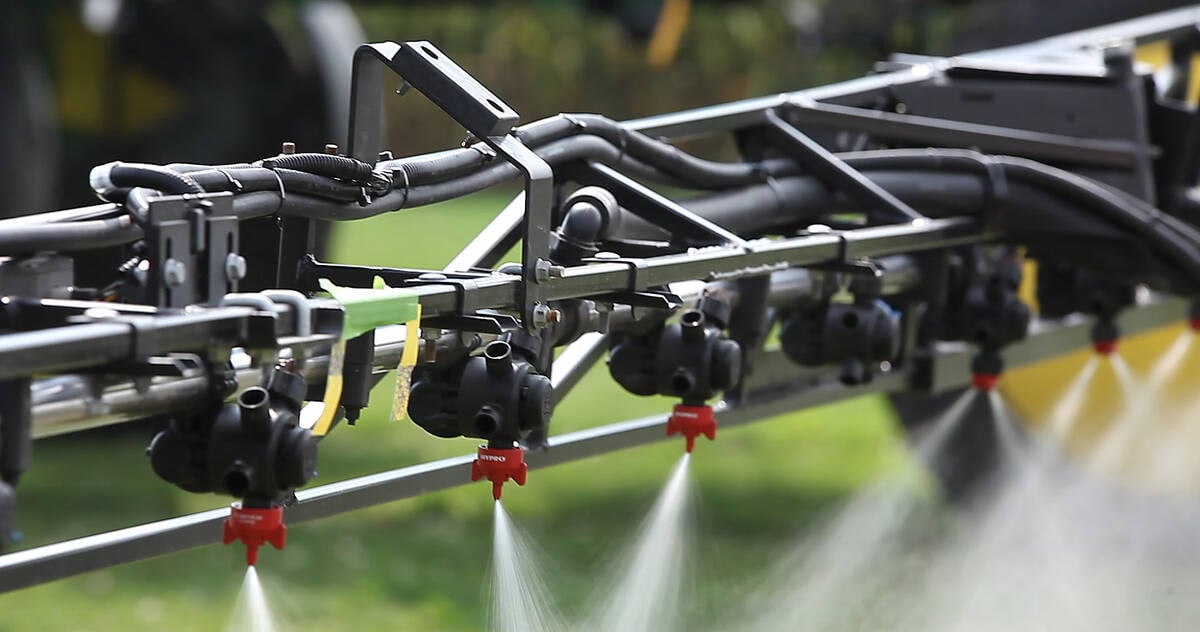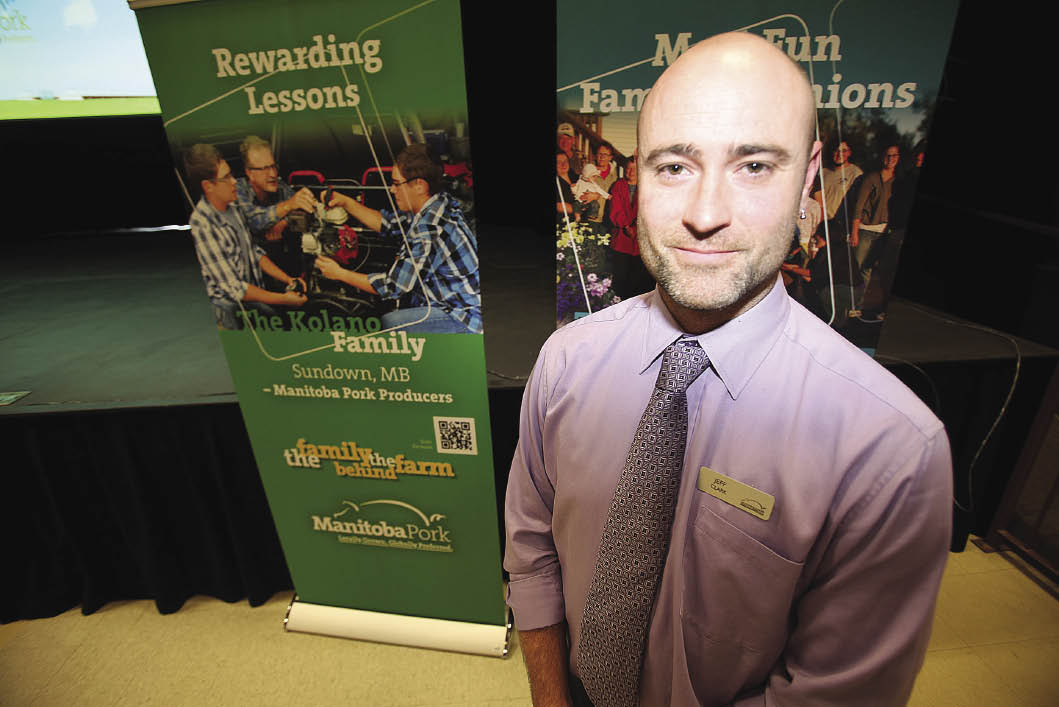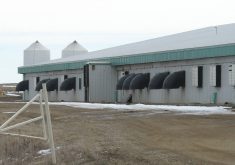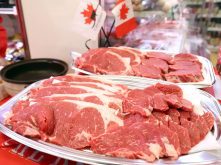It’s coming, so you might as well prepare.
PigTrace — a nationwide traceability initiative — is expected to come into force on July 1, 2014, following changes to the federal Health of Animals Regulation.
But so far, pork producers aren’t jumping on board.
“The compliance rate across Canada is pretty low — no one is officially on the program right now,” said Jeff Clark, manager of national traceability for the Canadian Pork Council. “People do traceability, the issue is that they’re not reporting it to our central system.”
Read Also

Iridium offers GPS spoofing defence
A tiny new chip will allow Iridium’s positioning, navigation and timing (PNT) signals to be received on smaller devices, create a security backstop against global positioning systems (GPS) spoofing.
But producers need to start using the PigTrace system well before next summer’s deadline, so they can get used to it and work out any kinks, Clark said at a recent Manitoba Pork Council meeting.
“The tools are there to do it now, but human nature being what it is, we often don’t do things until we have to,” he said. “My message to producers, is please learn about this program now… so people aren’t scrambling come July 1, when it’s required.”
Not surprisingly, the topic of tags was quick to surface at the Portage meeting.
PigTrace allows identification through both ear tags and shoulder slap tattoos, but the tags must be used on all swine destined for fairs, auctions and inter-farm transfers. Pigs being imported into Canada must also sport the new ear tag, while those going directly from farm to slaughter can be batch tagged.
Tags are available for sale now, but supplies are flowing slowly as Clark, the program’s lone facilitator, waits for additional federal funding to come through.
The system is designed to increase security and food safety in the event of a disease outbreak.
“CPC’s PigTrace Canada program aims to provide animal health and food safety officials with the best possible information regarding pig identification and movement by requiring anyone handling pigs to report movement information within seven days,” said Oliver Haan, chair of the pork council’s ID and traceability committee.
“Mandating PigTrace through federal regulation is an important step towards building a successful system that responds quickly to disease outbreaks and food safety emergencies.”
But it’s also designed to protect Canadian pork producers and processors from costly disruptions, Clark said.
And with a new trade deal between Canada and the European Union on the horizon, he added that the nationwide traceability program will also improve market access.
“The European Union has had a history of a strong interest in traceability systems,” said Clark. “A lot of my colleagues in the other livestock commodity groups expect that the EU market will require traceability systems behind our meat products.”
Details of the PigTrace program and producer requirements can be found at www.pigtrace.ca.
Other livestock sectors will follow suit at a later date.















